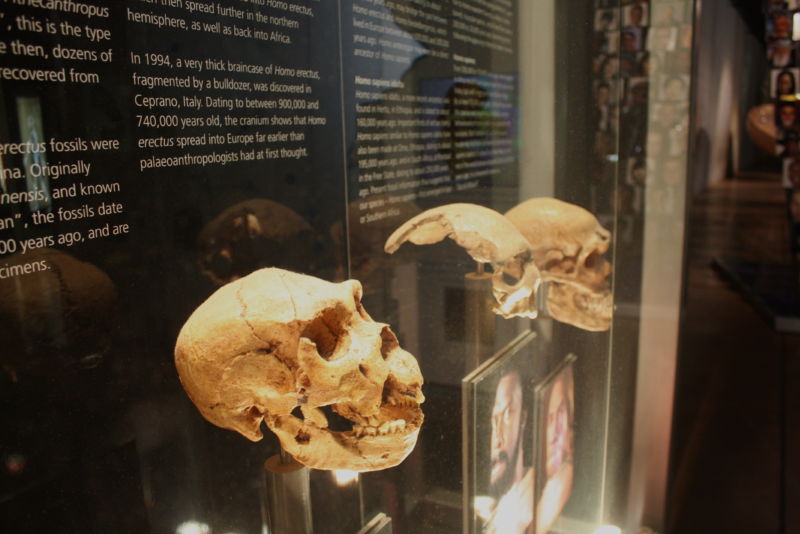The ‘Cradle of Humankind’ is a major fossil site in South Africa. Using signatures of particles from outer space, scientists have pushed back the date of the fossils found there 1 million years. This means that progenitors of humans lived 3.4 to 3.6 million years ago in the region.

Human beings are older than we thought. A lot. Sterkfontein, a large cave system where the fossils were found, contain more Australopithecus remains than anywhere else on earth. Australopithecus is one of the earliest progenitors of the human race, after the evolutionary split with apes and chimpanzees. The study, from Proceedings of National Academy of the Sciences states that the fossils are
“considerably older than previously argued by some”.
Using cosmic rays, high-energy particles originating beyond the solar system, result in the new dating. This method of dating is more reliable than previous methods. This is because of the way it highlights the rock decay surrounding the fossil. When the fossils were formed, rock from different sediment layers may surround the bones. Cosmic rays help to ascertain the date of the rock surrounding the actual fossil.
The significance of this dating means that the famous ‘Lucy’ fossil will be second in line rather than her previously held position of the eldest hominim ancestor. This finding significantly complicates the evolutionary tree showing a more complex evolution than was previously thought.
Subscribe to FIB’s Weekly Breaking News Report for your weekly dose of music, fashion and pop culture news!






